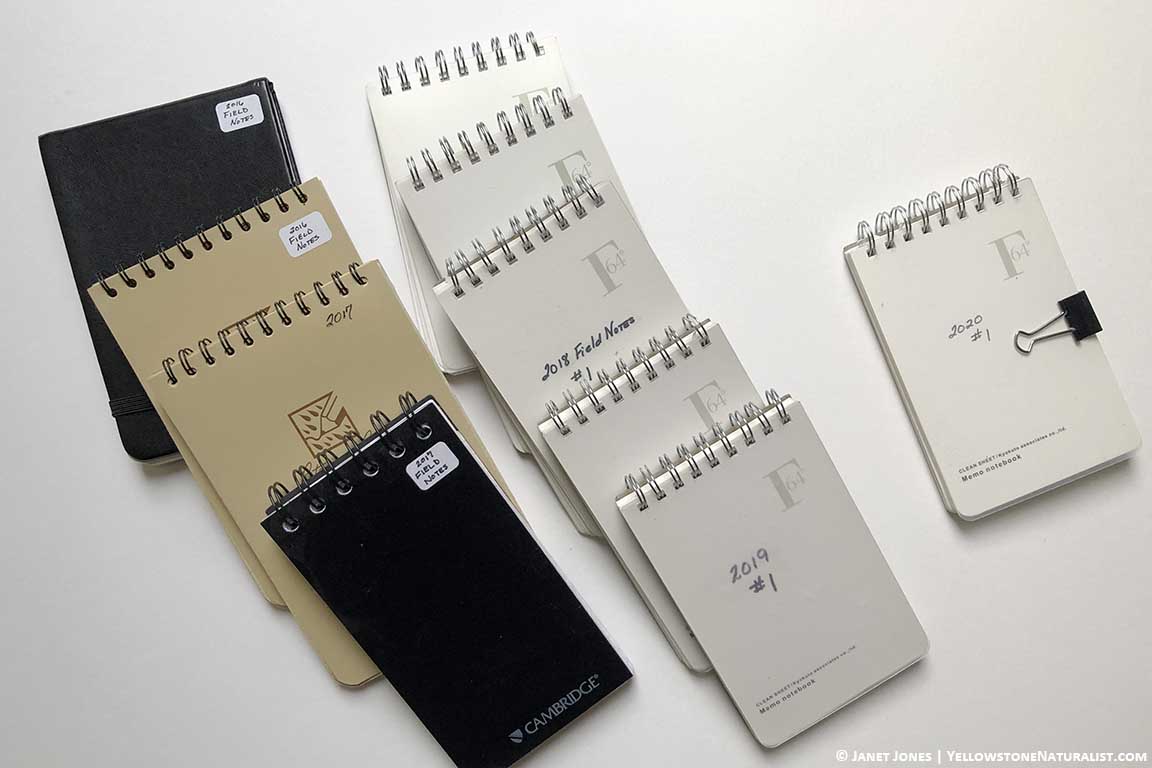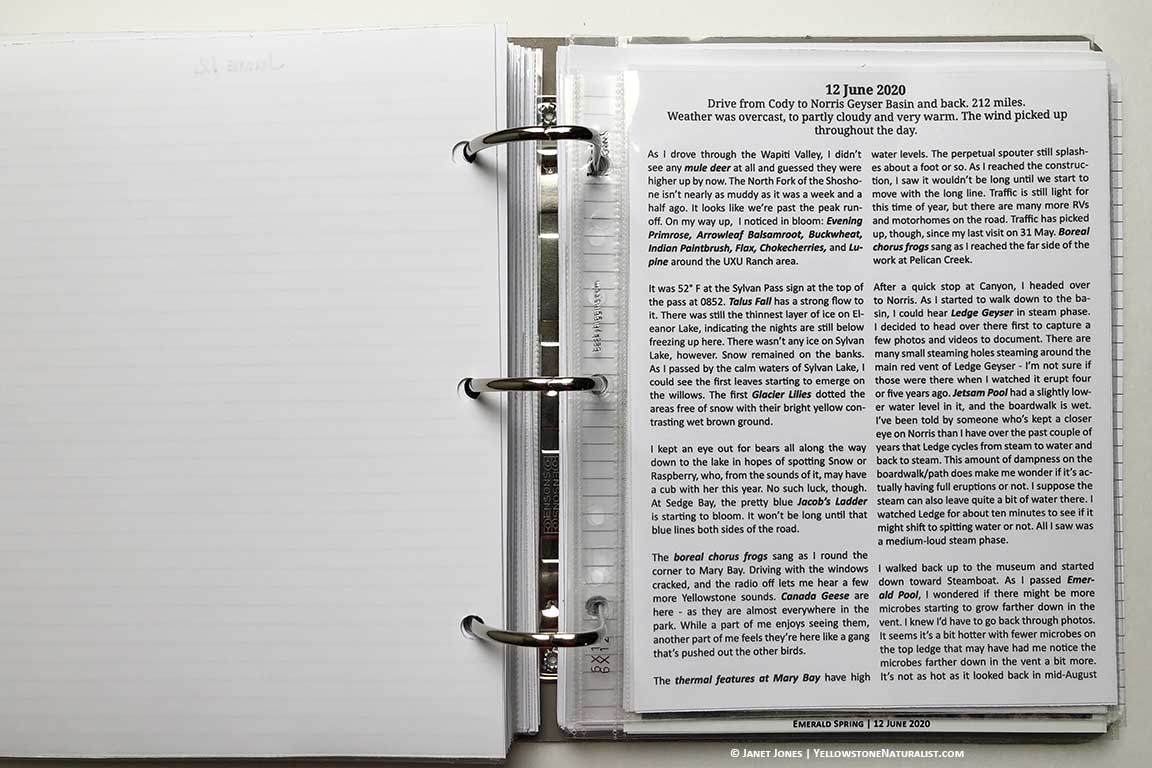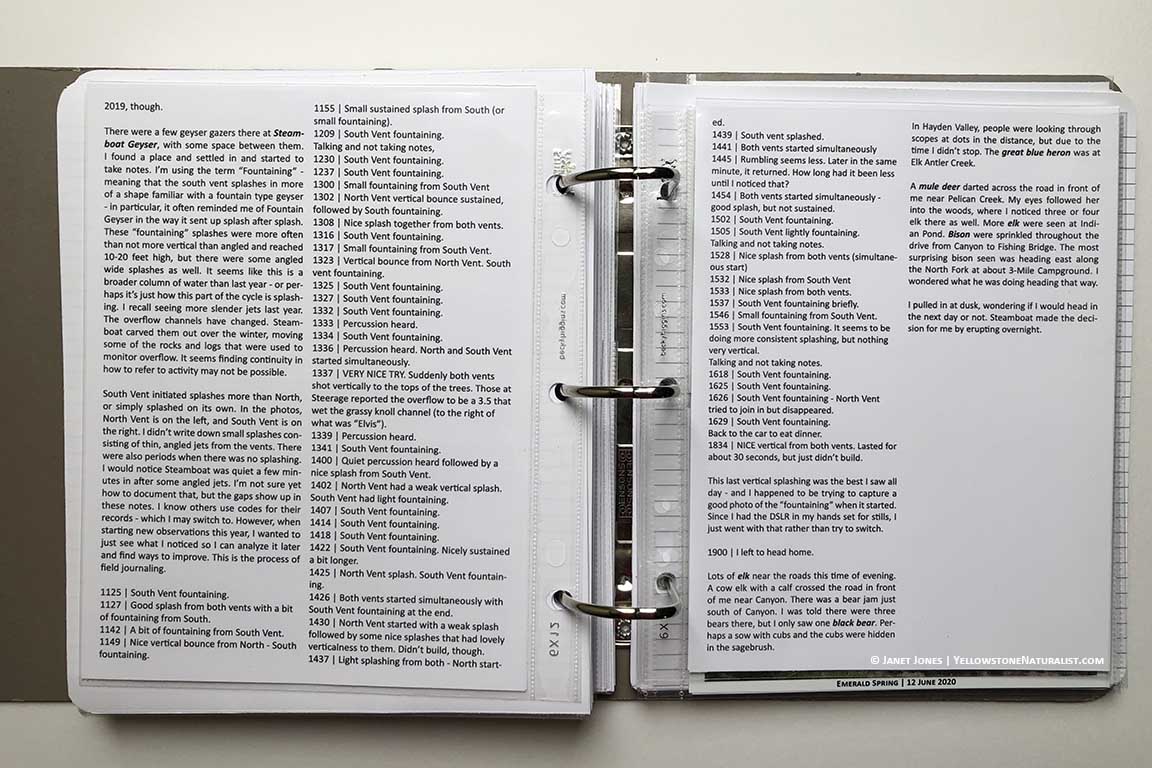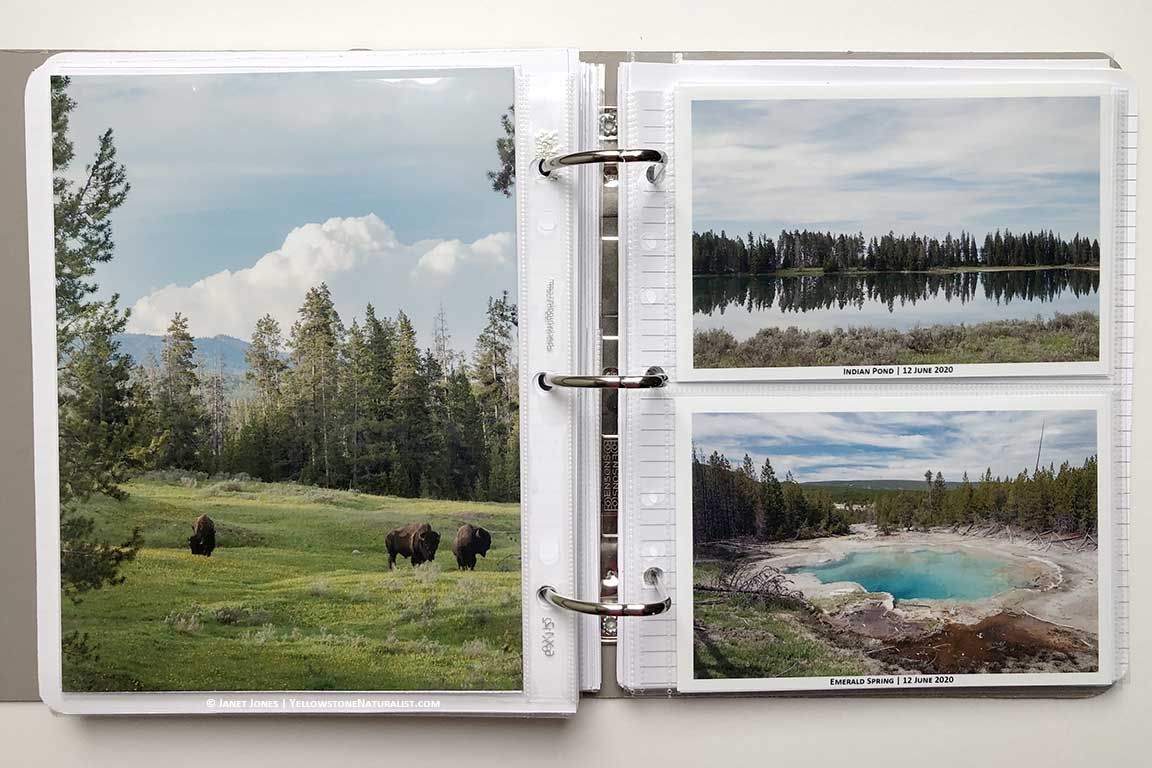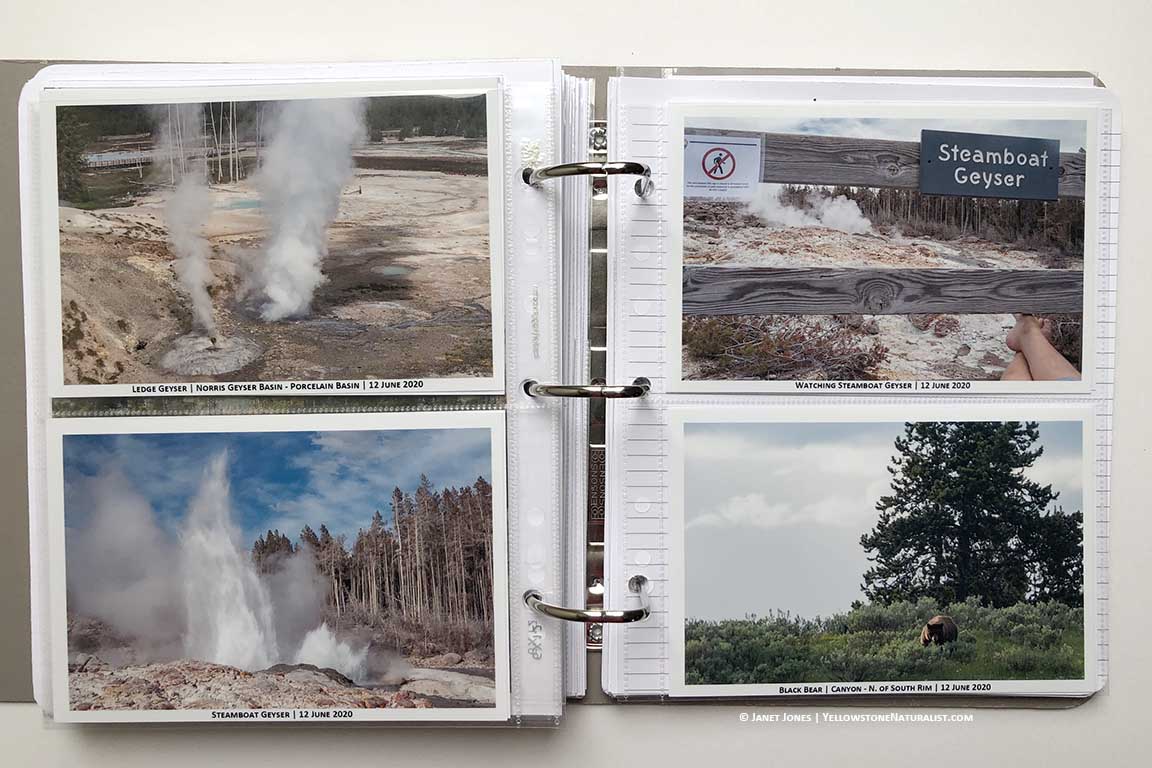Gathering Notes for a Nature Journal
I recently shared how to get the most of using photos in your field journals. While photos are wonderful, sometimes you want to capture action or behavioral observations. This is when writing plays a crucial part in making your journal entries as valuable as possible. In this post, I’ll share some tips on how to dive in more deeply into your words to make your observations more valuable.
This post contains affiliate links. That means that if you follow a link and make a purchase, I receive a small portion of that purchase at no extra cost to you.
Observational Skills
No matter what captures your interest, describing what you see accurately is an essential skill. With Yellowstone’s thermal features, my keenest interest is in changes and thermal energy shifts. For others, it’s focusing on the cycles and patterns of behavior. My notes will naturally be different from others, but both are highly valuable. I focus on the differences in water levels, overflow, and microbes seen or not seen. Those focusing on the cycles and patterns have a heavier emphasis on geyser times and the statistics generated by human observations and remote sensors that pick up changes in temperature in the overflow channels (data loggers). The blend of these two systems of views can create quite a bit of magic.
But the focus and goal of your observations depend on what you observe. While in college, I spent time practicing observational skills with a focus on the behavior of children. Observations had to be objective. Learning this skill meant getting my emotions and judgments out of it. This objectivity means writing, “The girl turned her head to the right toward the puppy, smiled, laughed, and reached out her hands.” You wouldn’t write, “The girl was thrilled to see the puppy.” Being as objective as possible is always helpful, no matter what your subject.
Three ways I capture field notes
I find there are three ways I capture field notes for my nature journals:
• Hand-written in a small notebook (plain paper as I find lines a hindrance in the field)
• Notes taken while processing photos
• On my iPad in the field
Out on the boardwalks, I use my small notebook and my iPhone that gives me the accurate time in one hand, a pen in the other (I’ll use this pen or any oil-based permanent ink ballpoint pen if it’s a wet day) and a camera around my neck. Because I need to work fast at gathering information to make the most of my time in the park, I’ll minimize the notes I take and rely a lot on photos. I’ll jot down times of eruptions seen and spend a minute or two at each thermal feature unless I’m sensing there’s something I’m missing – and then I’ll focus more deliberately.
With wildlife observations or if I want to capture an experience in a particular location, I’ll use the iPad so that I can translate thoughts, senses, and emotions more easily through my fingertips. Taking notes this way generates the highest amount of detail.
Years ago, I spent time daily watching a nest box that housed a family of white-breasted nuthatches in front of my house. Starting when they were building the nest, I’d sit in the same spot with my chair at around the same time each day for about a half-hour. That practice got them used to my presence. Some days I would watch, but others I’d take my iPad out and type direct behavioral observations. I type much faster than I write, so I ended up with a good narrative.
Pulling it all together
When I’m ready to pull the photos and words together, I’ll sit at my computer with the notes in front of me, the photos on one screen, and my current writing app of choice on the other: One Note. I’ll write out the field journal entry draft and let it sit for a day before the final edit. Then photos are printed out on my printer and added to my journals.
And then, pulling it apart
I currently keep my species accounts in One Note as well. I’ve decided that’s the easiest way to keep the notes on different thermal features (or wildlife and flowers). Come next winter, I’ll print out that year’s observations and add them in.
In Conclusion
I hope this gives you a better sense of the way I keep my nature journal and might inspire you to keep a field journal as well. It’s an ongoing project that always has more to do, and I don’t suppose it’ll ever be finished. But each entry completed fills me with satisfaction.
Be Outside • Take Notes
AFFILIATE LINKS
This site contains affiliate links. If you click on a link and make a purchase, I receive a small portion of that sale at no extra cost to you. Your purchases help to keep this site in development.
SHOP ON AMAZON
GET MORE NEWS AND ANNOUNCEMENTS
Sign up for the Yellowstone Naturalist Newsletter
Visit Our Sponsors
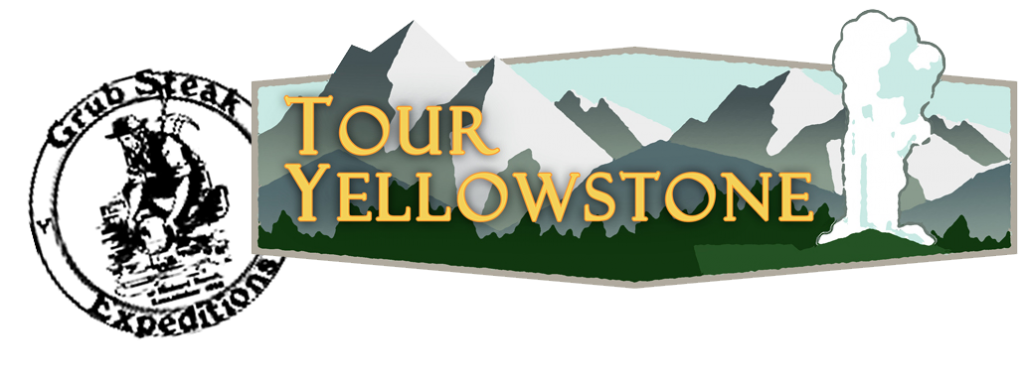 Private, custom-crafted tours.
Private, custom-crafted tours.
Based out of Cody, Wyoming.
We sanitize our SUVs for your safety.
We’re ready when you are!
307-527-6316
